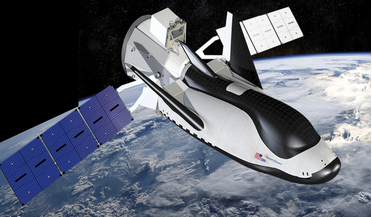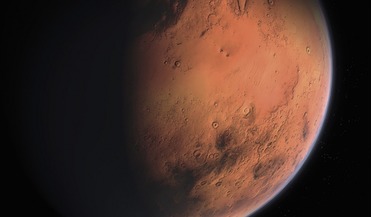 July 2021
Nitrous oxide – a green propellant for commercial space exploration
July 2021
Nitrous oxide – a green propellant for commercial space exploration
... deadly accidents. Liquid oxygen (LOX) is a much stronger oxidiser than N2O and has a long heritage in chemical propulsion due to the advantages of high availability and a commercial scale of economy and supply. However, the disadvantages of dealing...
 August 2020
Interstellar aspirations
August 2020
Interstellar aspirations
... of the engineer. Simon ‘Pete’ Worden describes propulsion system requirements for travel to the stars and looks...‘beam’ the energy to a spacecraft. This directed-energy propulsion relies on the fact that an electromagnetic photon carries momentum ...
 05 February 2019
New plasma-water propulsion rockets to move satellites in space
05 February 2019
New plasma-water propulsion rockets to move satellites in space
... for flight beyond low earth orbit, as it can shift a satellite in half the time compared with ionised propulsion systems, it is therefore cheaper and it’s fuel source is abundant throughout the Solar System (and beyond no doubt). How...
 July 2020
Key technologies for space exploration
July 2020
Key technologies for space exploration
...to tackle living in space, we must get there and that requires a good knowledge of propulsion systems. Propulsion focus The company recognises propulsion systems and environmental systems as key technologies in the broader space exploration endeavour...
 May 2021
In-situ propellant design for Mars ascent vehicles
May 2021
In-situ propellant design for Mars ascent vehicles
... Nitrous Oxide Hybrid Rocket Motors’, University of Padova, Master Thesis, 2016 – 2017 Semester]. Why hybrid propulsion? Chemical rocket propulsion systems are classified as solid, liquid and hybrid. Compared to both solid and liquid engines, hybrid...
 July 2018
The rise of interplanetary CubeSats
July 2018
The rise of interplanetary CubeSats
... uses sunlight to test the solar arrays on one of the Mars Cube One (MarCO) spacecraft at NASA’s Jet Propulsion Laboratory. Interplanetary challenges Interplanetary CubeSats, thanks to their low-cost, could perform highrisk, highreward science Major...